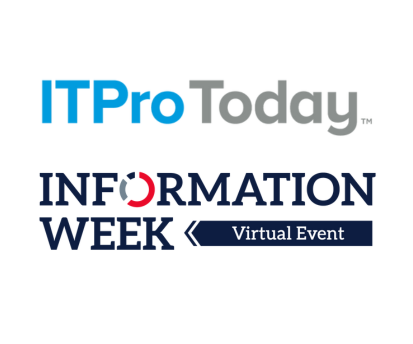Patent Reform: Tech Firms, Attorneys Weigh In
Vowing to combat patent trolls, the White House recently announced a series of executive actions. What do the changes mean for technology companies and patent attorneys?

begun more than a year ago aimed at helping patent examiners, applicants, and holders find relevant prior art. USTPO plans to make it easier for companies, experts, and the public to provide information about prior art to the agency and train examiners to use crowdsourced submissions.
"Right now, the USPTO lacks easy access to an enormous amount of this prior art information, some of which exists only on paper and optical media filed in libraries and corporate archives," says Horacio Gutierrez, Microsoft's deputy general counsel.
Microsoft began a prior art initiative last fall in support of the USPTO, uploading 1.8 million documents relating to Microsoft patents that are now available to patent examiners, he said in a recent blog post. "Microsoft also launched a Patent Tracker Tool that puts our more than 37,000 issued patents worldwide in a publicly available, searchable online database," he says.
 Patent attorney Michael Messinger
Patent attorney Michael Messinger
Having more of that information available would also help reduce the number of cases that go to court. Under recent reforms, parties can request a new type of trial proceeding, called an inter partes review, whereby the patent office reviews the validity of a claim, based on prior art, to try to resolve disputes before they turn into costly lawsuits.
These reforms are important steps forward for the patent office and technology companies, Messinger says. "In a knowledge economy, the role of innovation is becoming more important," he says. "Consequently, the role of the patent system and having it properly calibrated are also becoming more important."
But not everyone thinks this latest round of reforms will help those who count on the patent system the most. Some inventors are concerned.
One InformationWeek reader, who develops software and says he has come up with 15 patentable ideas, says it can cost "$100,000 or more for the legal stuff alone" to get a product innovation patented. The venture capital crowd wants to see "at least four or five patents actually in hand, or in the final filing stages," he maintains, before its members are willing to invest in a new idea. He also says that not enough has been done to protect small inventors against large corporations that have the resources to use patents to block competition.
Even if inventors can raise the money to support new software or other technology innovations, it still takes a minimum of three years for their applications to wend through the patent office review process.
The economic stakes in curbing abusive patent litigation remain high. A report prepared last June by the President's Council of Economic Advisers noted that defendants and licensees paid $29 billion to patent assertion entities (PAE), a 400% increase from 2005. Experts estimate that "less than 25% of that money flowed back to innovation." The report also noted that in the majority of PAE cases, the legal cost of the defense exceeded the settlement or judgment amounts.
IT organizations must build credibility as they cut apps, because app sprawl is often due to unmet needs. Also in the App Consolidation issue of InformationWeek: To seize web and mobile opportunities, agile delivery is a given. (Free registration required.)
About the Author(s)
You May Also Like
Tales of a Modern Data Breach: The Rise of Mobile Attacks
June 11, 2024The CIOs Guide to Enhancing GRC in 2024
June 20, 2024Enhance Cloud Security with Cloud-Native Security
June 25, 2024







